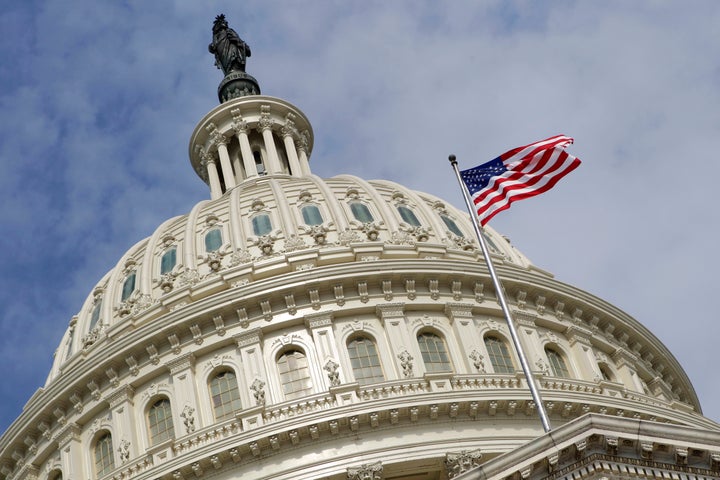
As the North Atlantic Treaty Organization (NATO) meets on May 20 in Chicago, coalition partners hope to stabilize Afghanistan with development projects beyond 2014. One initiative is the "New Silk Road," which aims to revamp Afghanistan's ancient position as the regional trade hub linking the West and Far East. But there are several roadblocks to turning this fantasy into reality.
Secretary of State Hillary Clinton proclaimed late last year in Dushanbe, "we want Afghanistan to be at the crossroads of economic opportunities going north and south and east and west, which is why it's so critical to more fully integrate the economies of the countries in this region in South and Central Asia."
The New Silk Road would develop the economic and political connectivity of countries across the region through the improvement of transit and energy infrastructure, the liberalization of trade barriers, and the removal of bureaucratic customs procedures.
While such a project seems feasible at an academic level, U.S. officials have been pushing this scheme since the Silk Road Strategy Act of 1999, with little effect.
First, Afghanistan's instability poses the most daunting challenge. Indeed, April was 2012's bloodiest month for U.S. troops, and 2011 was the fifth straight year in which civilian casualties rose. It is unrealistic to assume that Afghanistan's security will miraculously improve over the next 18 months and beyond, much less that it will yield the stable environment conducive to private sector-led growth any time soon.
Second, the relationship among countries in Central Asia remains strained, making regional political and economic integration that much harder. The border between Uzbekistan and Kyrgyzstan has been closed for nearly 21 months following violence in southern Kyrgyzstan in 2010. Tensions between Tajikistan and Uzbekistan have impacted the economic ties between them. The latter has hiked cargo transit fees five times in the last two years, and Tajikistan too has raised its tariffs twice over the same period.
Unsurprisingly, some regional actors view America's New Silk Road with immense suspicion. Russia, an important member of the Shanghai Cooperation Organization, has been critical of U.S. motives for the initiative, while China, another member, is building its own version of the Silk Road that has legitimacy in the eyes of many in the region.
Finally, Pakistan and Iran, both critical players in the region, have extremely tense relations with the U.S. As Andrew C. Kuchins, one of America's leading experts on Central Asia says, "Iran and Pakistan are skeptical of the New Silk Road strategy to the extent that they view it as a U.S. plan."
Indeed, ties between Washington and Islamabad have deteriorated significantly, especially in the aftermath of Operation Geronimo, which killed al Qaeda leader Osama bin Laden inside Pakistani territory last year. And despite Islamabad's soaring energy needs, in March, Secretary Clinton warned that Washington would impose sanctions if Pakistan pushed ahead with a proposed gas pipeline project with Iran. Such inconsistent policies -- of calling for regional integration and subsequently sabotaging it -- does not enhance confidence that the U.S. will limit its meddling in the region.
Meanwhile, relations between Washington and Tehran are virtually non-existent. Not only has the U.S. not operated an embassy in Tehran since 1979, but also continually threatens to attack Iran and has repeatedly slapped it with sanctions. On the nuclear issue, both seem unwilling to engage in direct talks, much less make reciprocal concessions.
Iran and Pakistan aside, Washington has few effective instruments to submerge the differences among various countries in the region, most notably between India and Pakistan in the pursuit of common objectives.
The reasoning behind the New Silk Road is that economic incentives will reinforce political integration and long-term stabilization. This, however, puts the cart before the horse. For centuries, Central Asia has been a hotbed of regional competition. Consequently, anything approaching an adequate or even plausible strategy must accept the likelihood that the region's underlying historical rivalries might be immutable. Moreover, America's interests are not the same as that of various countries in the region, and to assume otherwise hinders the ability to shape a coherent regional economic strategy.
The U.S. and NATO officials continue to call for pursuing greater regional diplomacy. They have yet to put forward concrete ideas about the content of such a negotiation that will include all of Afghanistan's neighbors.
Malou Innocent is a foreign policy analyst at the Cato Institute and Tridivesh Singh Maini is an associate fellow at the Observer Research Foundation.